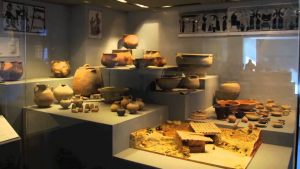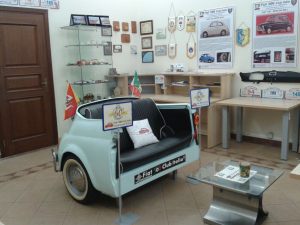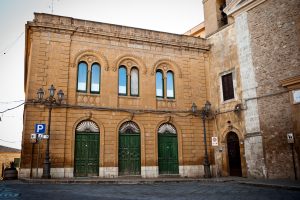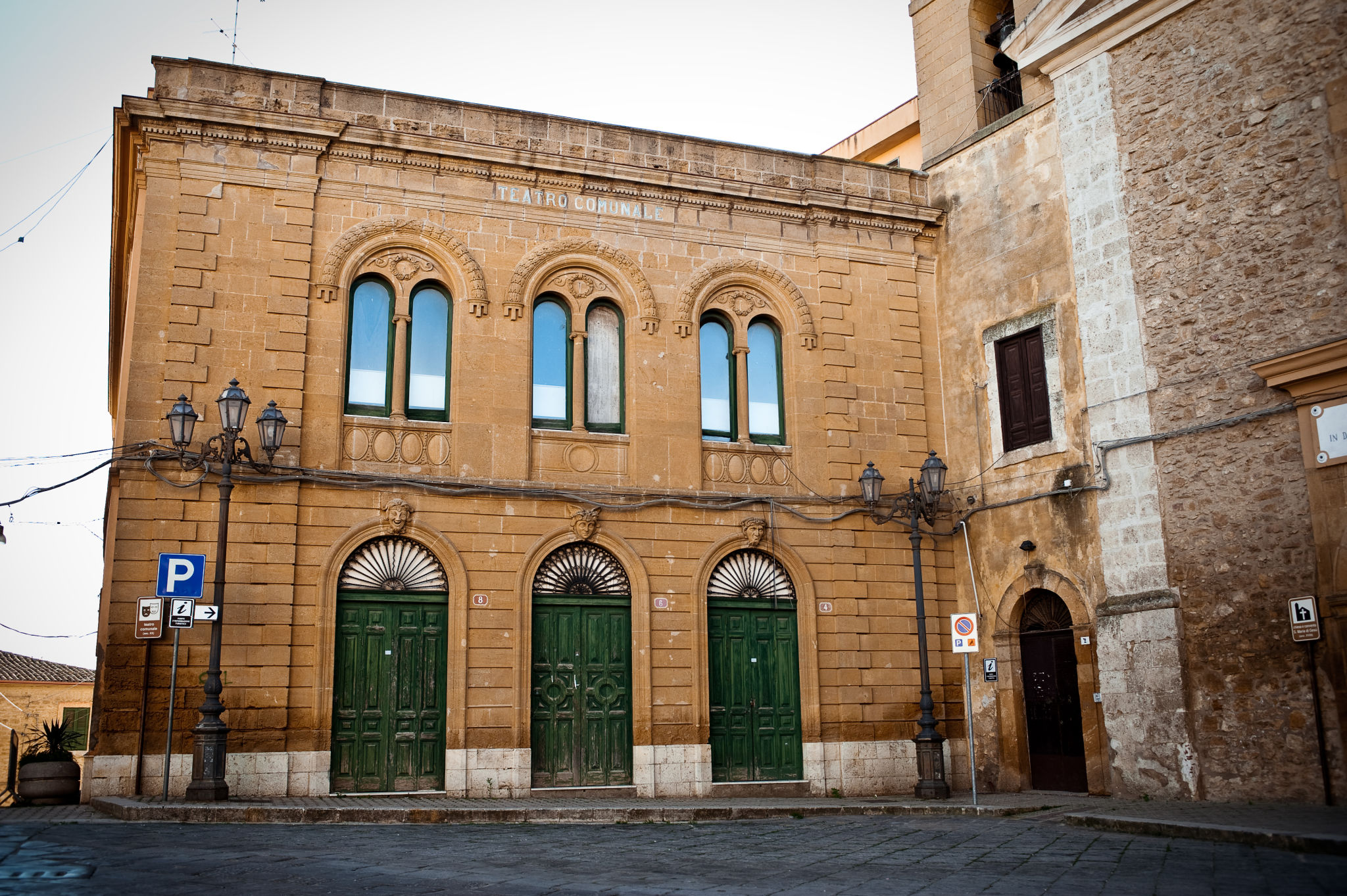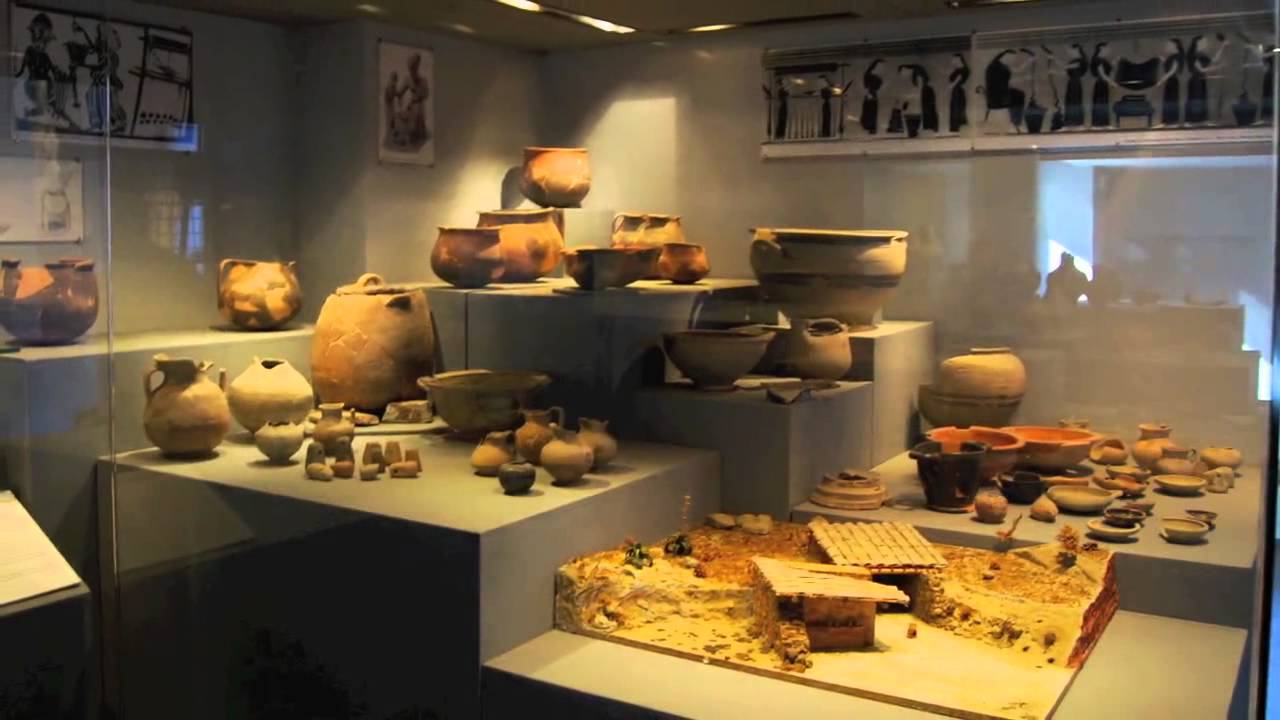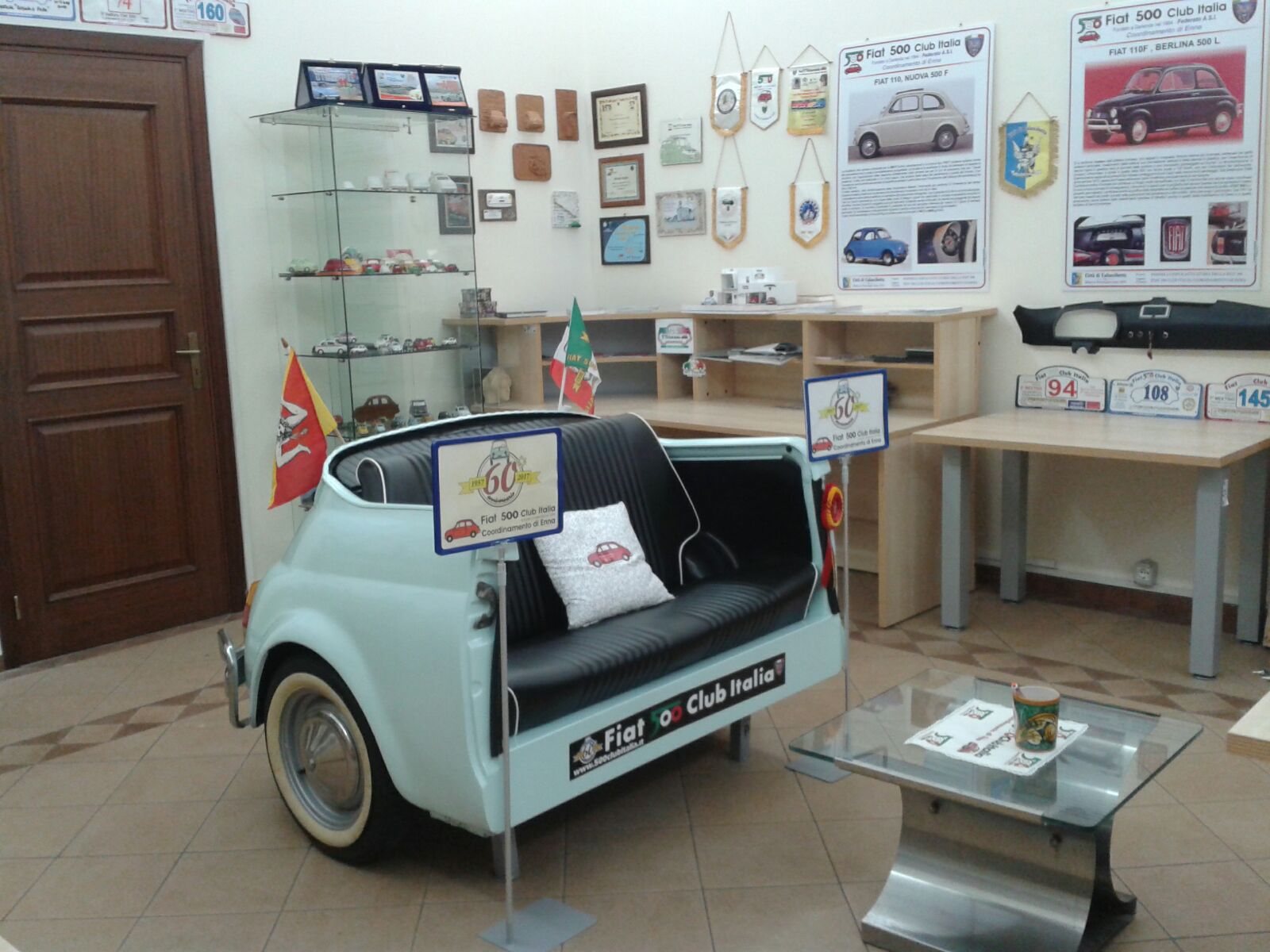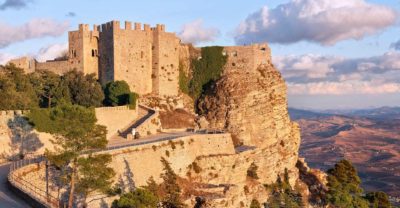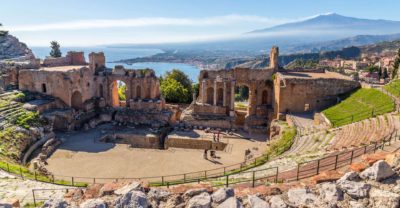Arte e Cultura
Enna
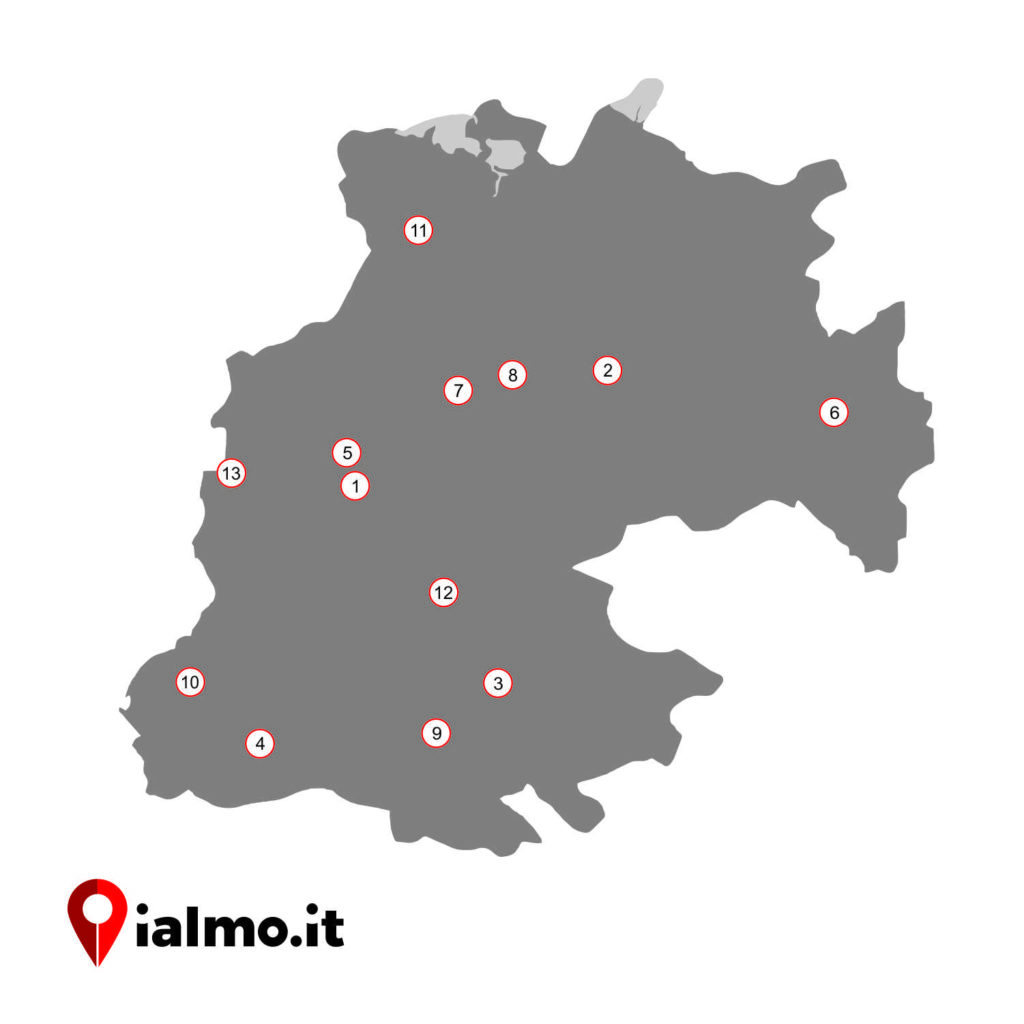
The main museums of the city are: the Alessi Museum, which preserves a valuable numismatic collection with more than 4,000 Greco-Roman coins; the Regional Archaeological Museum of Enna (founded in 1980), which houses numerous archaeological finds from the Greek-Sicilian town of Morgantina and the famous villa of Piazza Armerina and the Musical Art Museum 3 M which collects “musical works” virtually exposing the paintings of Sicilian artists or who have worked in Sicily from the fifteenth to the twentieth century.
Eco-Museum of culture Material that exposes objects and environments related to ancient crafts and ways of living and peasant art. The setting up of the Museum was made possible thanks to the interest and availability of the priest Silvestro Nasca who made free the parish premises.
The Archaeological Museum of Aidone was inaugurated in the summer of 1984 and houses the finds collected in over thirty years of excavations at the Morgantina site. The museum is housed in the Capuchin convent and is divided into three rooms where archaeological finds from prehistory and the protohistory of the city are exhibited (from the ninth to the middle of the 5th century BC).
Museum of the Passion and Belli Instrumentum War Museum founded in November 2004. The latter, made by members of the local section of the National Carabinieri Association, is located in the oldest district of Barrafranca and is structured in 5 different sections that show war materials of various types, from military clothing to weapons and equipment.
Museum of the Fiat 500 inaugurated in November 2017 and dedicated to the historic car produced by Fiat from 1957 to 1975.
The Centuripe Regional Archaeological Museum, inaugurated in 2000, is housed in a building whose construction began in the fifties but was then suspended and remained incomplete for several decades. With the opening of the new headquarters, the collections that since the Twenties were kept in the old Civic Museum have been integrated with the findings provided by the excavations conducted since 1968 by the Superintendence for Cultural Heritage. In the halls one of the richest expositions of Hellenistic finds is conserved (such as the famous tanagrines, terracottas produced for the first time in Magna Graecia in Centuripe) and Romans ranging from ceramic fragments to fine examples of imperial statuary. Still to be pointed out to Centuripe the Ethno-anthropological Museum of Peasant Civilization located in via Genova n. 1.
In 2010, the Branciforti Municipal Media Library was inaugurated at Villa Bonsignore and the Eco-Museo Comunale Branciforti at the Granfonte district.
In order to preserve the memory of the ancient rural culture and local traditions, the Ethno-anthropological Museum was set up with exhibitions dedicated to equipment and crops of the past. The Museum collects ancient tools of work, domestic and agricultural tools, tools for the processing of grain and furniture of farm dwellings. Particular exhibits are dedicated to the cycle of wheat, oil and wine, as well as to the ancient religious traditions of the country.
Permanent exhibition of the ancient book of the Municipal Library “Alceste e Remigio Roccella”; Municipal art gallery; Diocesan Museum; Permanent Museum of Mining Civilization; Monte Prestami Exhibition Center; Villa delle Meraviglie Museum; Farmer’s House Museum; Garibaldi Theater, founded in 1700.
Regina Margherita Municipal Theater, located in Piazza Vittorio Emanuele. The Theater, built in 1927, presents a beautiful and harmonious façade in the Risorgimento style. The sculptures of the corbels, the portals and the masks were made by the sculptor Matteo Di Natale. During the last war the theater suffered serious damage due to the bombing and in 1946 it was re-adapted to the cinema.
The Castle of Sperilnga is now home to the Ethno-anthropological Museum of the peasant civilization.
In 2010, at the twentieth century Palazzo Prato in via San Liborio, the Ethno-Anthropological and Valguarnerese Ethno Museum was set up. On 29 October 2013, the Municipal Antiquarium (formerly the Mandare Prison) was inaugurated, inside which an archaeological exhibition was organized entitled “Archaeological Research in Valguarnera: Contrada’s Settlements from Prehistory to the Middle Ages”. In March 2014, in a building dating back to the Middle Ages, the Caripa House Museum was set up to preserve, narrate and pass on the domestic life of a whole century (from the end of the nineteenth century to the end of the twentieth century).
Worthy of note for the preservation of local roots are the Museum of Mining and Peasant Civilization and the Museum of Memory at Villa Lucrezia.
